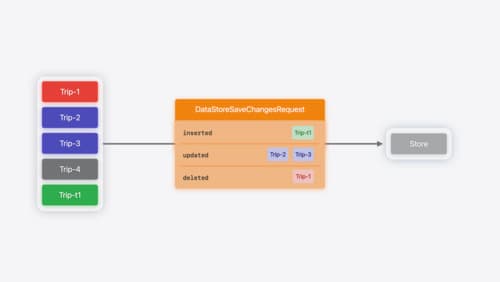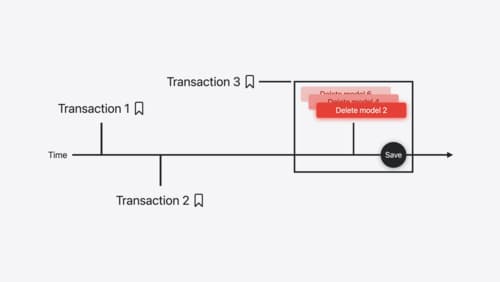How can I implement swift data?
Asked on 2024-07-31
1 search
To implement Swift Data in your app, you can follow these steps:
-
Import the Framework: Start by importing the Swift Data framework into your project.
-
Define Your Models: Use the
@Modelmacro to define your data models. This macro helps in setting up the schema for your data.import SwiftData @Model class Trip { var destination: String var date: Date // Add other properties as needed } -
Configure the Model Container: Use the
modelContainermodifier on yourWindowGroupto tell the view hierarchy about your model.@main struct MyApp: App { var body: some Scene { WindowGroup { ContentView() .modelContainer(for: Trip.self) } } } -
Querying Data: Use the
@Queryproperty wrapper to fetch data from the model container.struct ContentView: View { @Query var trips: [Trip] var body: some View { List(trips) { trip in Text(trip.destination) } } } -
Custom Data Stores: If you need to use a custom data store, you can configure it by implementing the
Datastoreprotocol. This allows you to use different backends like JSON files, SQLite, or a remote web service.struct JSONStore: Datastore { // Implement required methods for fetching and saving data } let customStore = JSONStore() let modelContainer = ModelContainer(for: Trip.self, store: customStore) -
Track Changes: Swift Data provides a history API to track changes in your data store, which is useful for syncing with remote services.
let history = try modelContainer.history() for change in history.changes { // Process each change }
For a detailed walkthrough, you can refer to the following sessions from WWDC 2024:
- What’s new in SwiftData
- Create a custom data store with SwiftData
- Track model changes with SwiftData history
These sessions cover the basics of adopting Swift Data, customizing data stores, and tracking changes in your data models.

Platforms State of the Union
Discover the newest advancements on Apple platforms.

Create a custom data store with SwiftData
Combine the power of SwiftData’s expressive, declarative modeling API with your own persistence backend. Learn how to build a custom data store and explore how to progressively add persistence features in your app. To get the most out of this session, watch “Meet SwiftData” and “Model your schema with SwiftData” from WWDC23.

Track model changes with SwiftData history
Reveal the history of your model’s changes with SwiftData! Use the history API to understand when data store changes occurred, and learn how to use this information to build features like remote server sync and out-of-process change handing in your app. We’ll also cover how you can build support for the history API into a custom data store.
